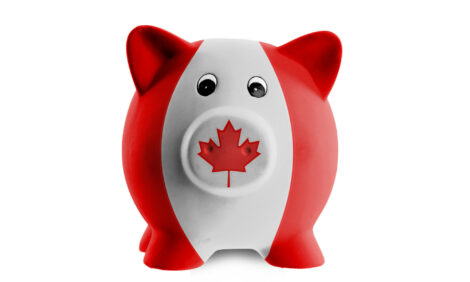



US Swine Economics Report
Regular report by Ron Plain on the US Swine industry, this week pointing out that consumer demand for pork continues to be very strong.
 Ron Plain |
The average price of pork in U.S. grocery stores ($2.887 per pound during October) was the second highest ever. Although down 1.1 cents from the September record, the October retail pork price was 18.2 cents per pound (6.7%) higher than a year earlier. This is especially good news given that daily commercial pork production during October (84.7 million pounds) was higher than for any previous October. Record prices at the same time as record production means pork demand is in very good shape.
October 2004 was a good month for hog producers. The average base price for spot market hogs was $70.55/cwt of carcass weight, 40.6% higher than in October 2003. The farmers' share of the consumers' pork dollar was 32.5% in October. This was the highest for any October since 1997.
Not only were pork and hog prices strong, the cost of raising hogs has been dropping steadily since spring. The national average price for corn dropped below $2 per bushel in October after peaking at $2.89 in April. Breakeven prices for slaughter hogs should be close to $40/cwt of live weight this winter.
This has not been a lucrative year for packers. The packer margin hasn't been above year-earlier levels since August 2003. Thus far in 2004, packer margins have been the tightest since 2001. This is surprising given that hog slaughter in the first ten months of 2004 was 1,469,300 head more than for any previous January-October period. High slaughter levels typically produce good margins for packers.
Equally surprising, the wholesale-to-retail margin is also below year-ago levels.
The prospect for continuing profitability for producers is excellent. Seasonally, pork production is usually the highest and hog prices the lowest in the fourth quarter. It looks like producers will net more than $20 per head this quarter. Combined U.S.-Canadian farrowing intentions for the second half of 2004 are below year-ago levels. This means that hog slaughter in the first half of 2005 should be down, barring a dramatic increase in litter size.








